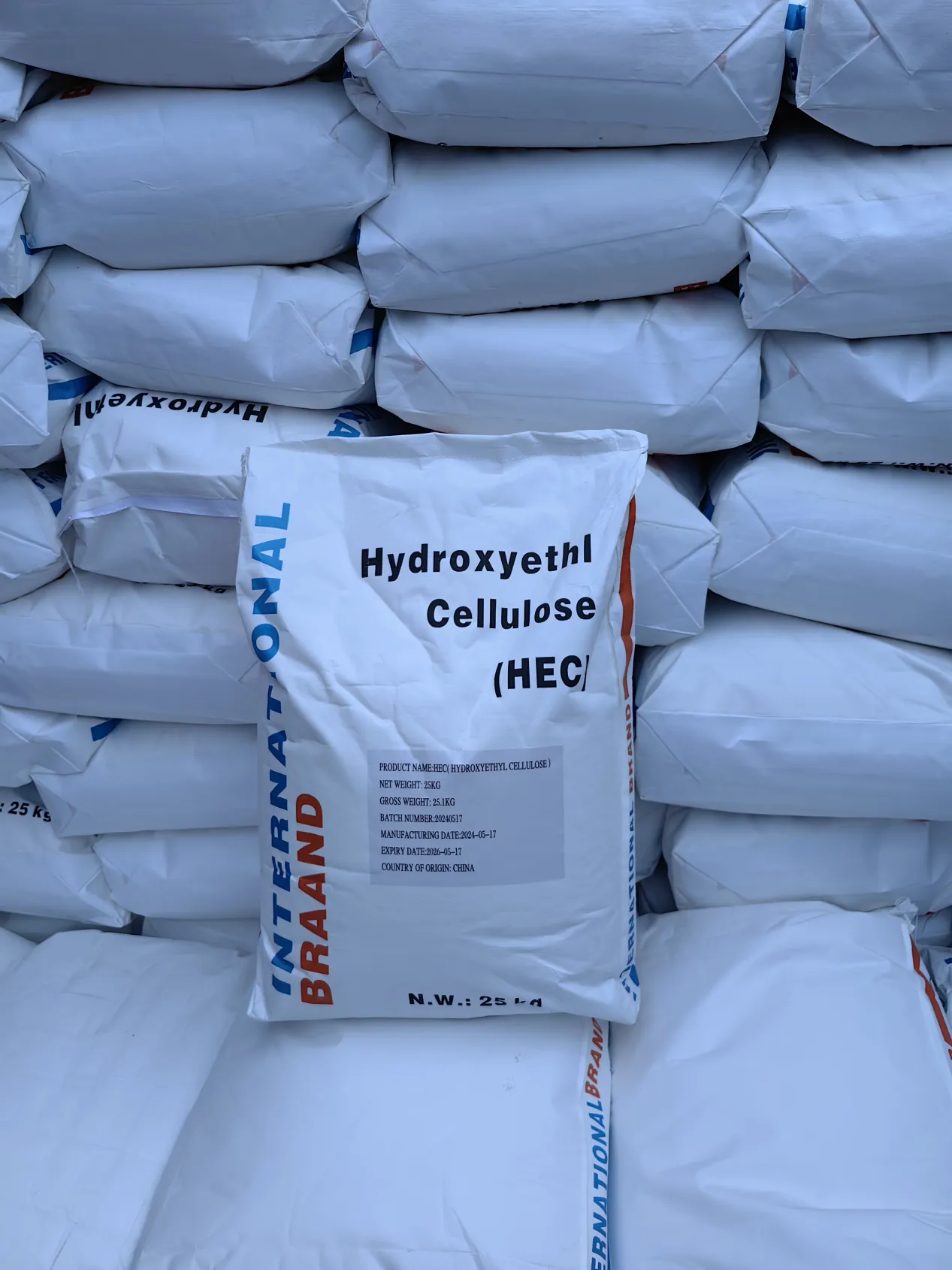
The Versatility of Hydroxyethyl Cellulose in Cosmetics and Skincare
As demand for clean-label ingredients and multifunctional polymers grows, hydroxyethyl cellulose (HEC) has emerged as a top performer in the personal care industry. Known for its thickening, film-forming, and stabilizing capabilities, hydroxyethyl cellulose is widely used in everything from skincare serums to shampoos. This article explores its chemical background, applications, market demand, and considerations for buyers.
Whether you're looking to buy hydroxyethyl cellulose or explore its role in formulation, understanding its features and performance will help you make an informed decision.

Understanding Hydroxyethyl Cellulose and Its Cosmetic Applications
Hydroxyethyl cellulose is a non-ionic, water-soluble polymer derived from cellulose. Chemically referred to as cellulose 2-hydroxyethyl ether, it is modified to provide specific properties such as high water retention, excellent thickening ability, and compatibility with a wide range of ingredients.
Key Cosmetic Functions
In cosmetic and personal care formulations, hydroxyethyl cellulose uses in cosmetics are diverse. It serves as:
A thickener to improve the consistency of gels, lotions, and creams.
A film-former that enhances product texture and provides a soft skin feel.
A stabilizer to prevent ingredient separation in emulsions and suspensions.
Its non-irritating and non-sensitizing profile also makes it a popular choice for hydroxyethylcellulose cosmetics, especially those aimed at sensitive or dry skin types.

Skincare Benefits and Sensory Effects
When used in skincare, hydroxyethyl cellulose in skin care helps form a smooth, protective layer that retains moisture without clogging pores. It creates a luxurious, silky texture that enhances the application and absorption of active ingredients. As a result, it's commonly found in serums, moisturizers, masks, and eye gels.
Despite its wide use, there have been rare cases of hydroxyethyl cellulose allergy. These reactions are generally mild and may include redness or irritation in sensitive individuals. Therefore, patch testing is recommended before widespread use, especially in products designed for sensitive or allergy-prone skin.
Viscosity, Sourcing, and Market Availability
Viscosity Grades and Usage Concentration
One of the most important properties of HEC is its viscosity, which affects how it behaves in a formulation. The hydroxyethyl cellulose viscosity concentration depends on both the molecular weight of the polymer and the intended use:
Low-viscosity HEC is ideal for clear solutions, such as toners or sprayable gels.
Medium-viscosity HEC works well in lotions and emulsions.
High-viscosity grades are used in creamy or heavy formulations such as hair masks or body butters.
Manufacturers adjust hydroxyethylcellulose based formulas depending on these viscosity levels to achieve optimal performance and stability.
Where to Buy Hydroxyethyl Cellulose
With rising demand across the cosmetics and construction industries, it’s easier than ever to buy hydroxyethyl cellulose from reputable suppliers online. Whether you’re sourcing for large-scale production or R&D purposes, you can find hydroxyethylcellulose for sale in various grades and packaging sizes.
One notable supplier is Ashland hydroxyethyl cellulose, a trusted name in specialty ingredients. Ashland offers high-purity HEC designed for personal care applications, meeting both performance and regulatory standards. Their products are often used by formulators looking for consistent quality and reliable supply.
Conclusion: A Safe and Effective Polymer for Cosmetic Formulation
Hydroxyethyl cellulose has proven itself to be a reliable, effective, and skin-friendly ingredient in modern cosmetic science. With excellent viscosity control, compatibility across a range of pH levels, and a favorable safety profile, it serves a crucial role in the development of stable and appealing formulations.
From hydroxyethyl cellulose uses in cosmetics to sourcing from trusted brands like Ashland hydroxyethyl cellulose, formulators have access to versatile options that meet the evolving demands of the beauty market. If you're ready to elevate your cosmetic products, consider buying hydroxyethyl cellulose tailored to your formulation needs.
FAQs About Hydroxyethyl Cellulose in Cosmetics
1. What are the most common hydroxyethyl cellulose uses in cosmetics?
Hydroxyethyl cellulose uses in cosmetics include thickening, emulsifying, stabilizing, and improving texture in products such as lotions, serums, shampoos, and gels. It also forms a protective film on the skin, enhancing hydration and comfort.
2. How does hydroxyethyl cellulose viscosity concentration affect product performance?
The hydroxyethyl cellulose viscosity concentration determines the thickness and feel of a formulation. Higher concentrations yield creamier textures, while lower ones result in more fluid, lightweight products. Choosing the right grade is essential for formulation success.
3. Where can I buy hydroxyethyl cellulose for skincare or cosmetic production?
You can buy hydroxyethyl cellulose from major chemical suppliers or specialty distributors. Brands like Ashland hydroxyethyl cellulose offer high-quality cosmetic-grade options suitable for professional and industrial applications.
4. What is cellulose 2 hydroxyethyl ether, and is it the same as HEC?
Yes, cellulose 2 hydroxyethyl ether is the chemical name for hydroxyethyl cellulose. It refers to the cellulose backbone modified with hydroxyethyl groups, giving it unique solubility, thickening, and film-forming properties widely used in cosmetics.
5. Can hydroxyethyl cellulose allergy occur in sensitive individuals?
While generally considered non-toxic and safe, hydroxyethyl cellulose allergy may occur in rare cases. Symptoms can include mild skin irritation or redness. Conducting a patch test before regular use is recommended, especially for sensitive or reactive skin types.
-
The Versatile Applications and Market Trends of Hydroxyethyl Cellulose소식Aug.21,2025
-
Exploring the Versatility of HPMC: Applications, Types, and Industrial Insights소식Aug.21,2025
-
Exploring the Versatility of Cellulose: From Packaging to Fiber Applications소식Aug.21,2025
-
Exploring Hydroxyethyl Cellulose: Uses, Benefits, and Market Insights소식Aug.21,2025
-
Enhancing Cement Performance with Redispersible Emulsion Powder소식Aug.21,2025





















